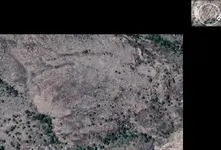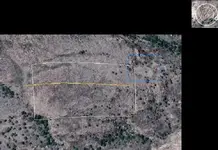coazon de oro
Bronze Member
Howdy Marius,
It's hard for me to follow your opinion when you state that the Jesuits used codes for the Tumacacori redotero in your first paragraph, then contradict yourself in the second paragraph. Anyway, I fail to see how the ore description would be the same on two redotero's.
Howdy Mike,
First of all, thank you for your service, and my freedom. I am in agreement with your response to Marius's post on the Tayopa inventory, but that has nothing to do with my post. Take your time, and look into the Lost Josephine mine's redotero, and I am sure you will agree the Tumacacori redotero was put together by plagiarism.
Homar
It's hard for me to follow your opinion when you state that the Jesuits used codes for the Tumacacori redotero in your first paragraph, then contradict yourself in the second paragraph. Anyway, I fail to see how the ore description would be the same on two redotero's.
Howdy Mike,
First of all, thank you for your service, and my freedom. I am in agreement with your response to Marius's post on the Tayopa inventory, but that has nothing to do with my post. Take your time, and look into the Lost Josephine mine's redotero, and I am sure you will agree the Tumacacori redotero was put together by plagiarism.
Homar





